
One of the oldest and purest forms of storytelling in genre cinema that has also proven continually popular over the years are horror movies that contain all sorts of paranormal elements. From demonic possessions and poltergeist to evil spirits lurking just beneath the alluring comforts of family, these fright fests have taken many shapes and forms throughout the decades, using their jump-scares not only to strike fear into the hearts of moviegoers but as a means to explore our deep-rooted fears of death and the unknown.
For the purpose of this list, we’ve decided to plumb the dark corners of horror’s cinematic history to round up 20 must-see titles — ranging from classic genre hallmarks to cult favorites waiting to be rediscovered that have helped redefine the genre altogether.
20. The Others (2001)

At the turn of the new millennium, back when self-aware slashers, found-footage chillers, and J-horror remakes were all the craze at the box office and every other horror director was busy looking ahead to explore the infinite (and often terrifying) possibilities of the 21st century, Spanish auteur Alejandro Amenabar turned the clock back to WWII and supernatural Gothic in putting together this old-fashioned ghost story.
Drawing heavy inspiration from haunted-house staples like the 1961s “The Innocents” yet perfectly enjoyable on its own terms, “The Others” zeroes in on a devoutly religious mother (Nicole Kidman) and her two photo-sensitive children who live peacefully in a Victorian-era mansion before experiencing supernatural phenomena. A study in restraint and misdirection, Amenabar’s understated masterpiece will keep you guessing for two heart-squeezing hours before knocking your socks off with one of the most memorable rug-pull moments in recent memory.
19. Poltergeist (1982)
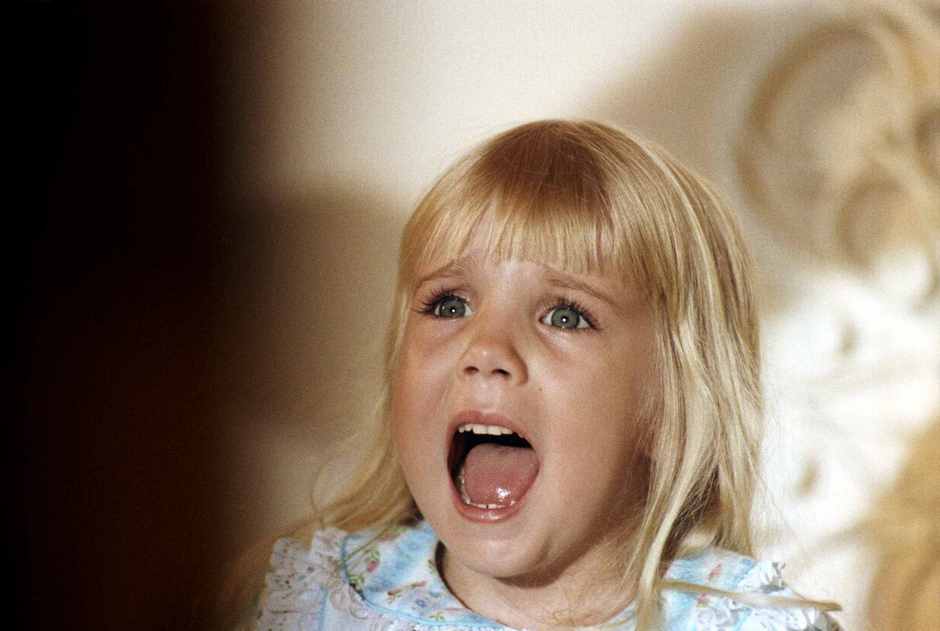
Any list of must-see supernatural movies would be incomplete without special mention of “Poltergeist”, a watershed ’80s classic containing all of the genre’s favorite tropes that codified so many clichés that it now runs the risk of feeling archetypical by today’s standards.
Producer Steven Spielberg worked closely with “Texas Chain Saw Massacre” director Tobe Hooper to deliver one of the finest entries in haunted-house cinema, in which an unassuming middle-class family is tormented by a vengeful supernatural force that abducts their young daughter. This cracked-mirror vision of suburban America transplanted our collective fear of the unknown right into our living rooms, doing for television sets in the eighties essentially what “Jaws” had done for sharks and public beaches back a decade prior. If you feel brave enough, try double-featuring it with the 1998 “Ringu” to never look at any TV screen the same.
18. Inferno (1980)
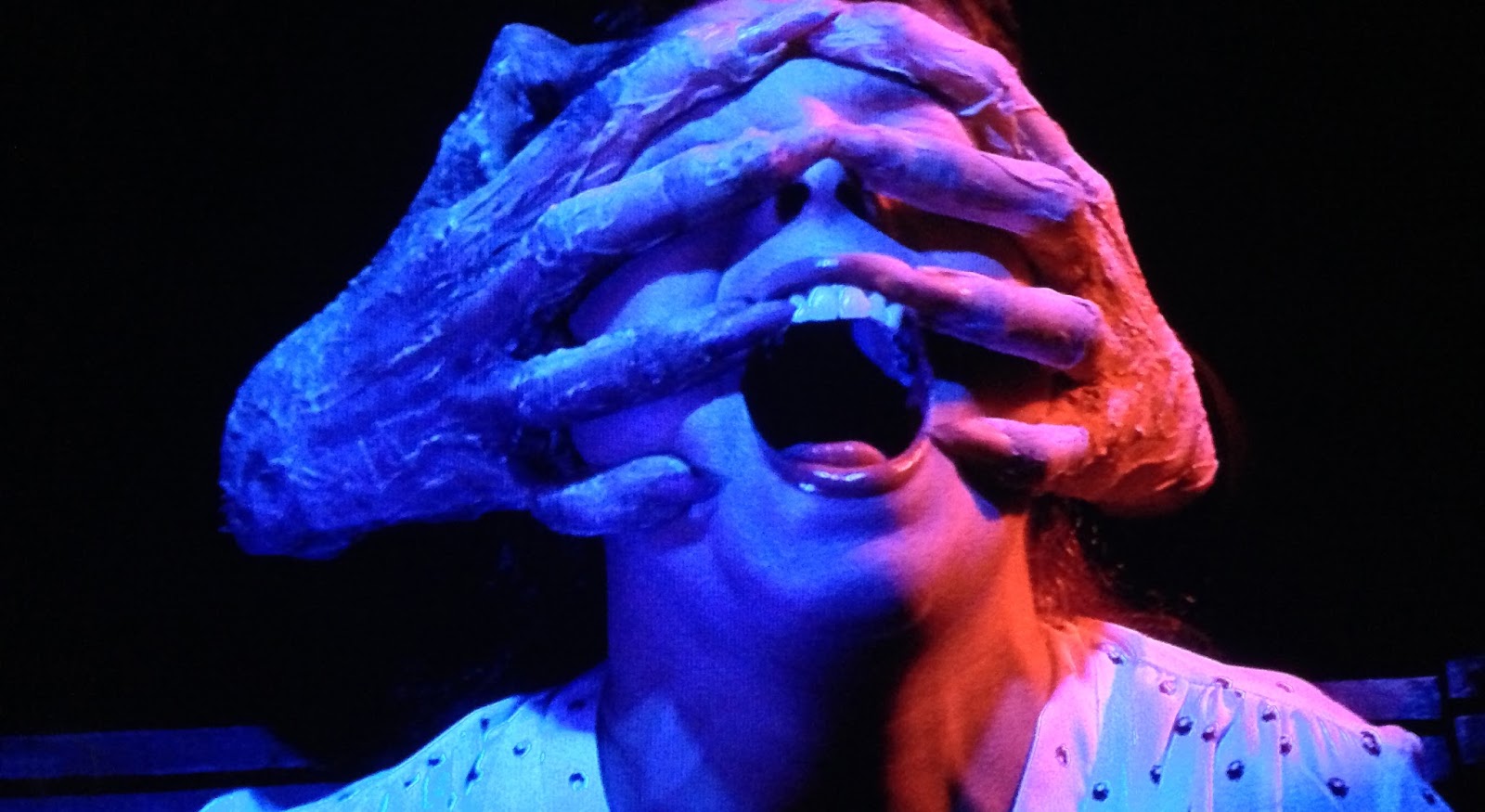
For the better part of the 20th century, one name stood a cut above the rest in the realm of Italian horror: Dario Argento. When it comes to the iconic director whose name is now synonymous with giallo, the brand of pulpy psychosexual chillers he helped popularize internationally, most people generally talk about “Suspiria”, “Deep Red” or “Tenebrae”.
A lesser-known but just as enthralling entry in the director’s canon is “Inferno”, which works as a good primer for unaccustomed viewers looking to dip their toes into his gruesome catalog. The middle entry in Argento’s “Three Mothers” trilogy”, this supernatural slasher revolves around a young woman who discovers that his late brother’s New York apartment previously served as a home for a powerful, centuries-old witch. The movie includes almost all of the quintessential elements we tend to associate with classic gialli — from dark, brooding atmosphere, pulsating musical score, eye-popping colors and hyper-stylized bloodshed that roots itself under the viewer’s skin.
17. Prince of Darkness (1987)
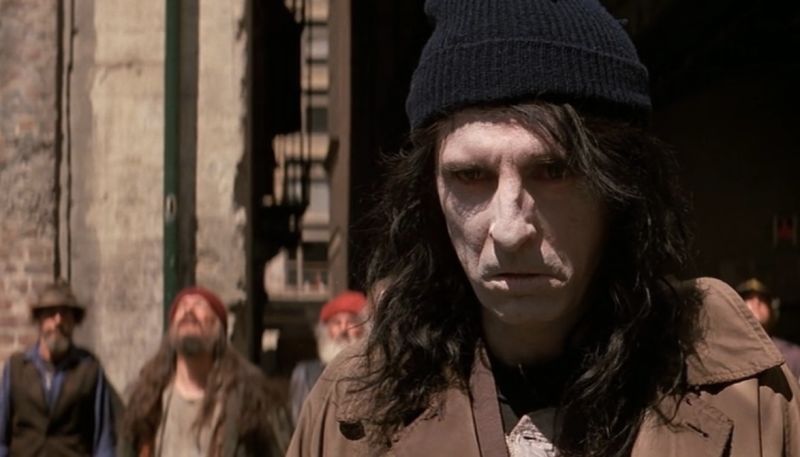
John Carpenter spent the 1980s decade pumping out a slew of instant horror classics that made audiences squirm in disgust and have withstood the test of time. Purists might point to “The Thing”, “Christine” or even “The Fog” as the director’s finest contribution to the genre during that magical 10-year time span, but we retain a lot of residual love for the middle installment in his ‘Apocalypse trilogy’, a deliciously entertaining schlock fest that gets a little lost in the director’s canon but features the same loose formula that made his better-known hits enduring midnight-movie features.
Satanic monsters, squirming cockroaches, and hobo zombies are all par for the course in “Prince of Darkness”, which centers on a scientific crew racing against time to unearth the hidden truth behind a mysterious and potentially fatal gooey substance found in a deserted church. First-time viewers who struggle to make head or tails of the somewhat convoluted premise at first, worry not — the film sports some good old-fashioned chills to satisfy diehard horror enthusiasts.
16. The Haunting (1961)
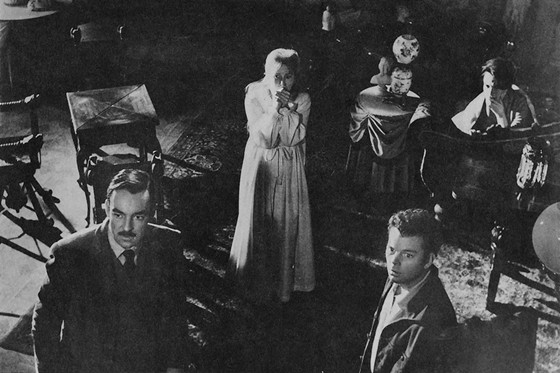
In following up his 1960 Best Picture-winning musical “West Side Story”, Hollywood veteran Robert Wise shifted gears and pivoted away from musicals to adapt the bestselling novel “The Haunting of Hill House” by Shirley Jackson.
Identified as one of the favorite horror movies of Martin Scorsese, this highly influential sixties classic finds an anthropology professor (Richard Johnson) round up a sundry team of experts to determine whether there is any truth to the rumors that claim that a 90-year-old New England mansion known as Hill House is haunted.
Though brimming with suspense and spine-tingling moments that makes your hair stand on end, what gives “The Haunting” its lasting power is the way the film presents its central mystery through the warped perspective of unreliable narrators, leaving the audience with plenty to chew on after the credits start rolling.
15. Hellraiser (1987)

If Doug Bradley’s Pinhead is not the single most easily recognizable horror movie villain of the 1980s, he isn’t far off. In this genre hallmark by British fright-fest master Clive Baker, the odd-looking, tight-lipped leader of the Cenobites, a supernatural race of sadomasochistic creatures from another dimension who only know suffering and pain, slithers back into world of the living to strike fear into the hearts of men after being summoned by a mysterious puzzle box known as the Lament Configuration.
Things get messier, hornier, and rather convoluted in the countless sequels and straight-to-video remakes that inevitably followed, most recently in 2022, all of which have tried to catch the same lightning in the bottle as the original, albeit to varying degrees of success. Feel free to double dip with any of your choice, but in our eyes the original remains the undisputed best.
14. Don’t Look Now (1973)
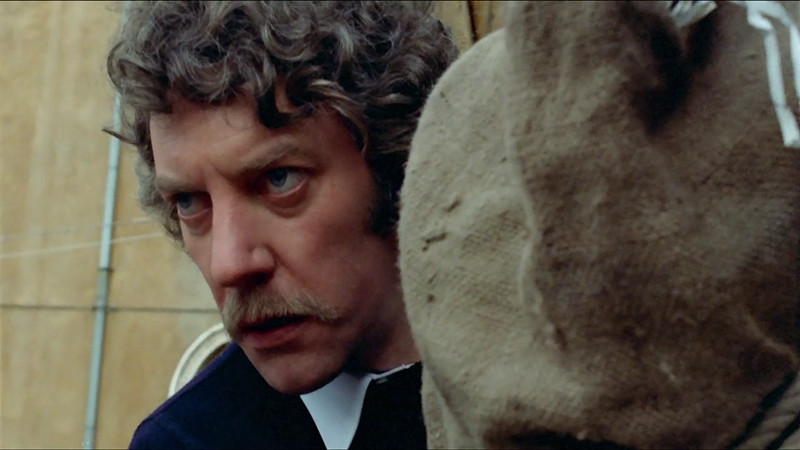
Themes of loss and trauma run through Nicolas Roeg’s chilling adaptation of Daphne Du Maurier’s short story, a meticulously observed occult thriller starring Donald Sutherland and Julie Christie as two grief-stricken parents who move to Venice following the tragic death of their daughter.
Upon their arrival at the City of Canals, where Sutherland’s character plans to distract himself by restoring an old church, the married couple run into two creepy-looking elderly sisters who deliver a cryptic message from the beyond, allegedly from their deceased daughter. Though not for the faint of heart, this timeless supernatural horror continues to exert substantial influence on the landscape of contemporary horror movies, with industry trendsetters like Ari Aster, Robert Eggers and Darren Aronofsky all having acknowledged the great debt they owe to Nicolas Roeg’s 1973 film.
13. Hereditary (2018)
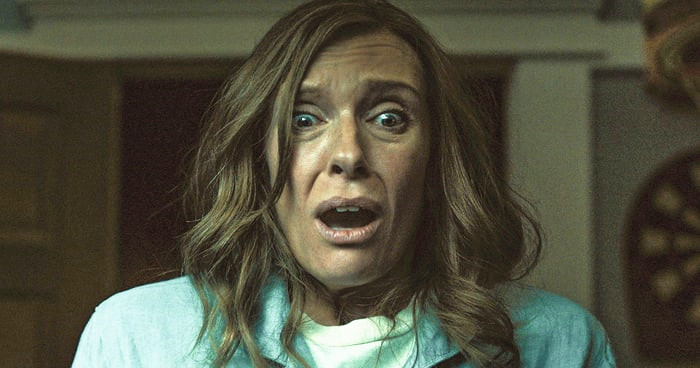
Unfinished family business reach out from the great beyond in Ari Aster’s piercing directorial debut, a half intimate chamber piece, half demonic nail-biter that has thoroughly infiltrated the pop-cultural vernacular to become the measuring stick by which every other artsy horror movie is judged by these days.
In a chillingly vulnerable lead performance that should have been showered in accolades, Toni Colette plays Annie Graham, a middle-aged miniature artist who’s still in the midst of processing the passing of her estranged mother when she finds every other member of her household targeted by malevolent forces, leading them to a gruesomely inescapable secret about their shared ancestry. Stretching the fabric of genre cinema to reveal a harrowing portrait of interpersonal trauma, Aster’s remarkably assured debut is the rare kind of horror offering that grounds its supernatural set-up with even more compelling human drama.
12. Kuroneko (1968)
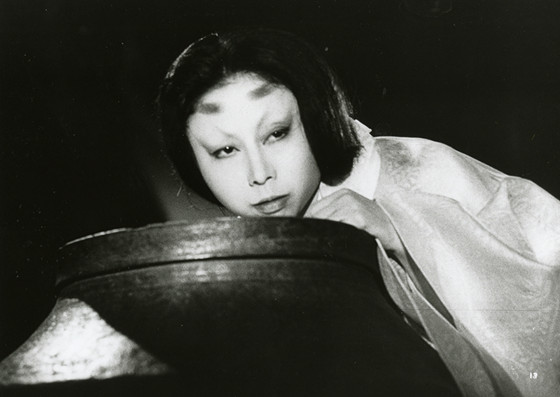
The evil specters of the Japanese Civil War cast a dreadful shadow and resurface in this early example of the rape-revenge subgenre directed by Kaneto Shindo. Deeply rooted in Eastern medieval folklore and Noh theatre, this atmospheric ghoulish tale recounts the tragedy of two destitute countrywomen, a mother and her daughter-in-law, who exact their revenge against the lawless samurai that raped and killed them during the war by returning as shape-shifting spirits and preying on unsuspecting swordsman.
Beautifully shot in crisp black and white, this timeless morality play about the horrors of warfare all but faded into obscurity before receiving a long-overdue home release by Criterion, which led to a recent reappraisal of it as an underseen gem of Japanese cinema. Most recently, “Kuroneko” has been singled out by praise by Guillermo del Toro, who suggested double-featuring the film with another one of Kaneto Shindo’s spine-tingling ghost stories, the 1964 “Onibaba”.
11. The Innocents (1961)

Adapted from Henry James’ novella The Turn of the Screw, this oft-imitated pioneer of Gothic horror directed by Jack Clayton is the rare case of a movie high both in style and substance. Shot in dazzling chiaroscuro lightning by cinematographer Freddie Francis, “The Innocents” stars Deborah Kerr as a young governess devoted to children who finds her sanity thoroughly tested after sensing that all is not well with the two super-creepy orphaned kids he’s been hired to look after.
The idea of being trapped in a secluded Victorian manor with a pair of devilish spirits is disquieting enough. But screenwriter Truman Capote ups the ante by using the film’s supernatural elements as a baseline to delve into the tortured heroine’s crumbling psyche and pent-up frustrations. As her sense of identity slowly begins to unravel, you might find yourself double-guessing whom to trust at any given moment in this nail-biter.